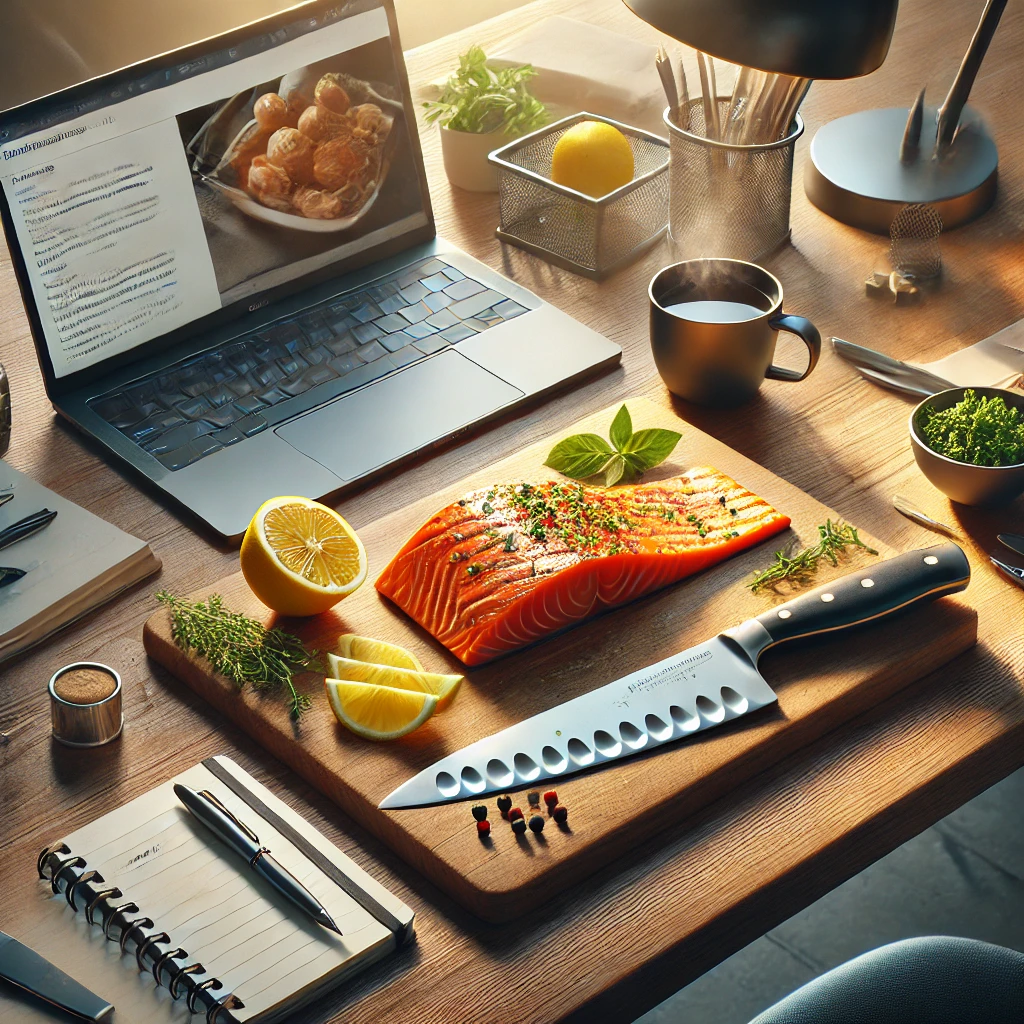
Seafood has a unique place in the culinary world, celebrated for its versatility and rich flavors. Whether you’re planning a summer seafood boil, a fancy dinner party, or just a quick weeknight meal, learning to handle seafood with finesse can elevate your cooking game. This guide explores the best ways to prepare seafood so you can bring out its natural flavors with minimal effort.
The journey to delicious seafood starts with picking the freshest ingredients. For fish, look for shiny, firm flesh and bright, clear eyes. Shellfish like clams and mussels should have tightly closed shells or close immediately when tapped, indicating they’re still alive. Frozen seafood is an excellent alternative, offering convenience without sacrificing quality if you buy from reputable sources.
Pro tip: Keep your seafood chilled during transport from the store to your kitchen to maintain its freshness. Once home, store it correctly to ensure it stays at its best.
The right tools can make all the difference in seafood preparation. A good fish filleting knife, seafood scissors, and a sturdy cutting board are invaluable. For shellfish lovers, a seafood cracker and sheller are must-haves. Steaming baskets and seafood boiling pots can make cooking easier and more enjoyable.
While many people shy away from cooking seafood at home due to concerns about preparation, mastering a few simple techniques can change your perspective entirely. For instance, understanding how to thaw frozen shrimp correctly is a foundational skill that opens up a world of culinary possibilities. Shrimp is a favorite in many households, and knowing the proper way to handle it ensures better flavor and texture in your dishes.
Seafood shines with a touch of seasoning or a simple marinade. Ingredients like olive oil, lemon juice, garlic, and herbs such as dill or parsley are classic choices. Marinate fish or shellfish for about 20-30 minutes to enhance their natural flavors without overpowering them.
If you prefer a bolder flavor profile, experiment with spices like smoked paprika, cumin, or chili powder. For a touch of sweetness, incorporate honey or brown sugar into your marinades. The possibilities are endless, and you’ll soon discover your own signature blends.
Seafood is incredibly versatile and can be prepared using various methods. Each cooking technique brings out unique textures and flavors:
Regardless of the method, avoid overcooking seafood. Most types are done when they’re opaque and flake easily with a fork.
Seafood pairs wonderfully with a variety of side dishes. Light, zesty salads complement grilled fish, while hearty options like creamy risottos or roasted vegetables match richer preparations. For shellfish, serve crusty bread to soak up flavorful broths or dips.
Experimenting with sides and garnishes can add diversity to your meals. Lemon wedges, fresh herbs, or even a sprinkle of crunchy sea salt can elevate the simplest dishes. For an extra touch of indulgence, try a buttery seafood sauce or aioli.
As seafood lovers, we have a responsibility to make sustainable choices. Overfishing and unsustainable farming practices threaten marine ecosystems, so it’s important to select seafood from sustainable sources. Look for certifications like the Marine Stewardship Council (MSC) label or check resources like the Seafood Watch guide.
In addition, try to diversify your seafood choices. Opt for underutilized species, like mackerel or sardines, to reduce pressure on popular options such as salmon or tuna. Doing so not only supports sustainability but also introduces you to new flavors and dishes.
Seafood cooking is an art, but it doesn’t have to be intimidating. By starting with fresh or well-thawed seafood, using the right tools, and experimenting with flavors, you’ll find yourself crafting restaurant-quality dishes in no time. Whether you’re steaming mussels, grilling fish, or tossing shrimp into a quick stir-fry, each meal becomes a celebration of the ocean’s bounty.
So the next time you’re at the store, don’t hesitate to pick up your favorite seafood. With a little practice and the right techniques, you’ll be amazed at how effortless and rewarding it is to bring the flavors of the sea to your table.